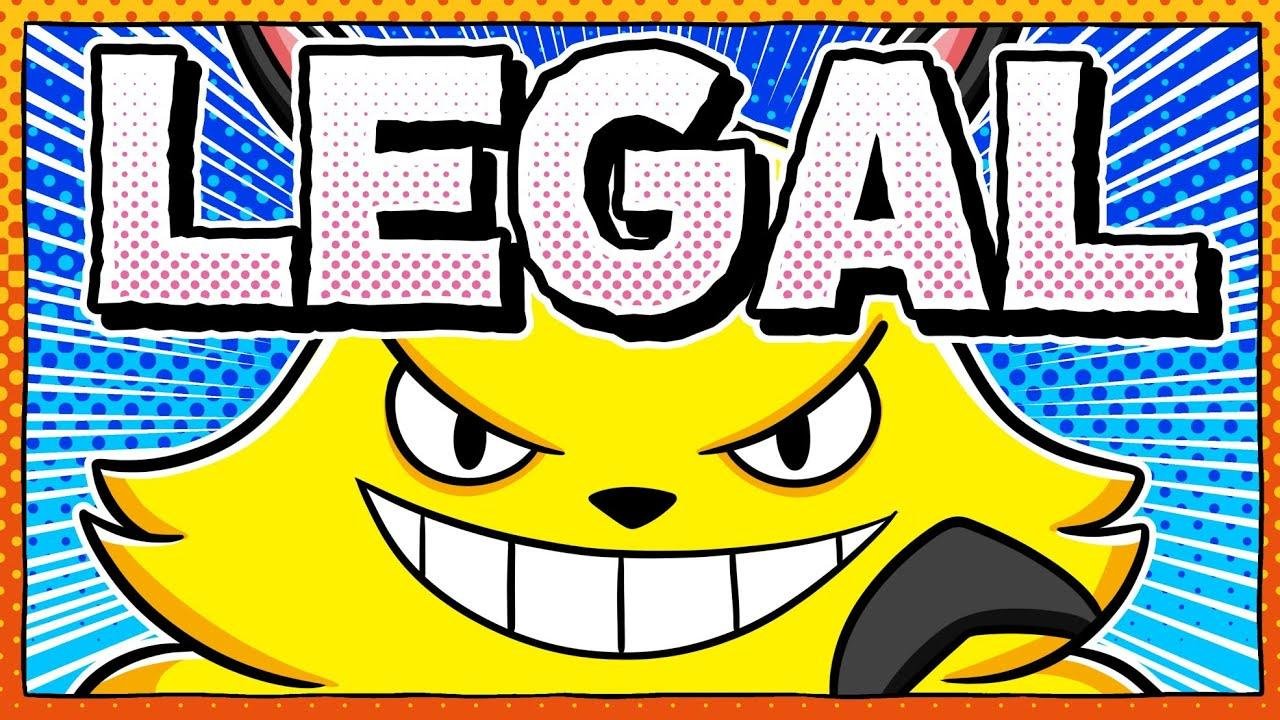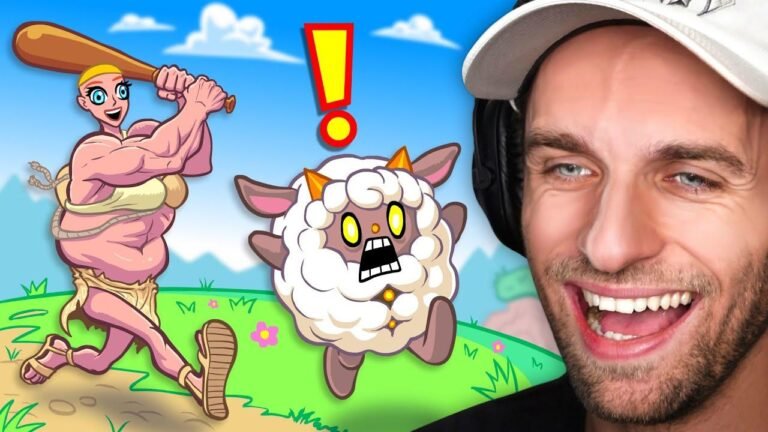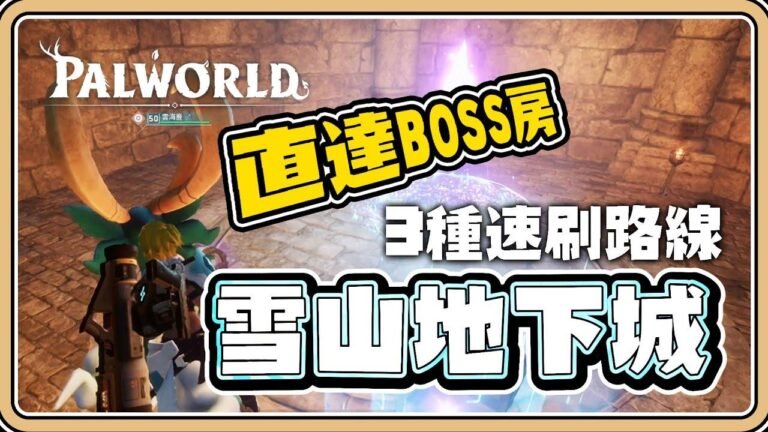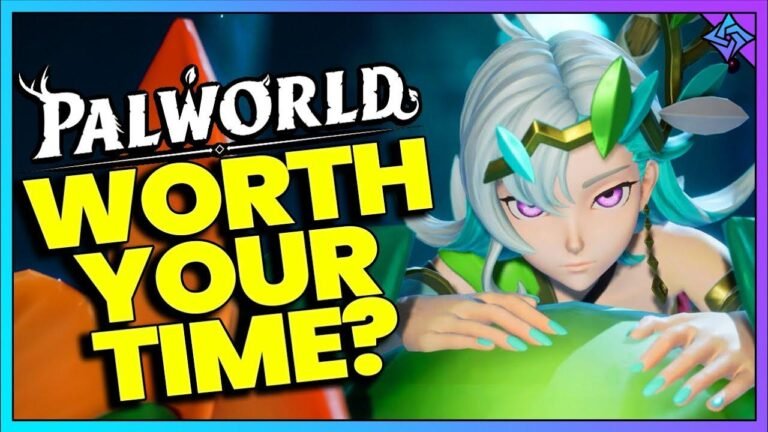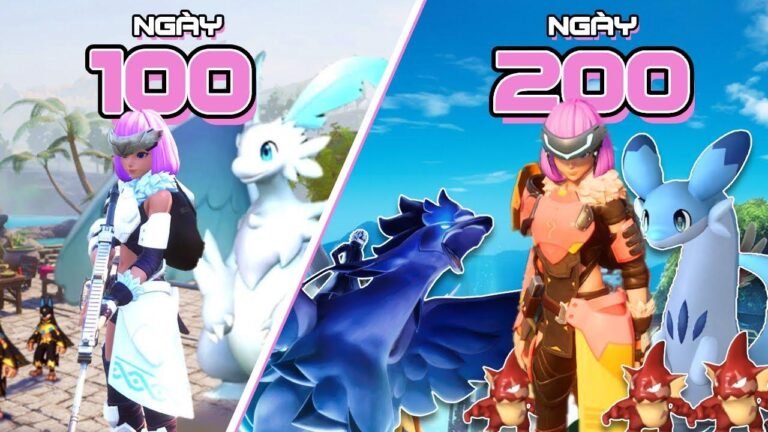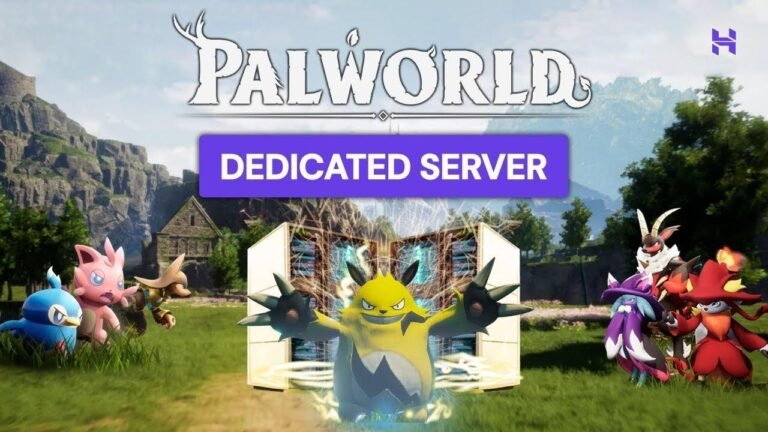PalWorld gets away with its Pokémon-like art style and gameplay by avoiding trademarked names and designs while adding a unique, violent twist. By not infringing on trademarks and adding a fresh take, it dodges legal issues. So if you’re making a fan game, steer clear of trademarked names and designs, and add your own twist. 👾
The Controversy
The latest Xbox game pass released to Ghana has gained a lot of attention, primarily due to its controversial similarity to the art style and presentation of Game Freak’s Pokémon games. This has led many to question the legality of the game and whether it constitutes copyright theft, especially as Pal World juxtaposes the familiar art style with unprecedented levels of violence within the Pokémon world.
A Critical Hit for Pal World
The extreme violence featured in Pal World has actually proven to be a unique strength that has kept Nintendo and the Pokémon company from taking action against the game. This video examines how Pal World navigates intellectual property law and successfully avoids a lawsuit.
| Takeaways |
|—————————–|
| 1. Pal World’s art style and presentation mirror that of Game Freak’s Pokémon games.
| 2. The game features violence not typically seen in the Pokémon world, making it a unique offering.
| 3. Pal World has managed to avoid legal action by creatively navigating intellectual property law.
Navigating Intellectual Property Law
Understanding Intellectual Property
For those developing Pokémon fan games, it’s crucial to grasp the three types of intellectual property: patents, trademarks, and copyright. While many believe copyright infringement is the primary concern, there’s a need to recognize the distinctive aspects of each.
| Types of Intellectual Property |
|---|
| 1. Patents |
| 2. Trademarks
| 3. Copyright
The Role of Trademarks and Copyrights
Trademarks and Copyrights
The Pokémon company retains the trademark on the word "Pokémon," limiting the use of the name by other entities. Meanwhile, copyright law protects the specific design of characters and certain gameplay mechanics, which presents unique challenges for fan games.
| Trademarks and Copyrights |
|————————————–|
| 1. Trademarks are integral to brand identity and limit the use of specific names.
| 2. Copyright law protects character designs and unique gameplay elements.
Use of Derivative Works
Derivative Works in Copyright
When creating Pokémon fan games, developers need to be mindful of derivative works and the line between fair use and copyright infringement. This gray area adds complexity to navigating intellectual property law surrounding fan creations.
| Derivative Works in Copyright |
|————————————————————–|
| 1. The Pokemon company doesn’t own the exclusive right to monster-catching gameplay mechanics.
| 2. Game developers must navigate copyright law when creating derivative works based on existing characters and game elements.
Avoiding Copyright Infringement
Failing the Squint Test
Courts often apply the "squint test" to assess whether a game infringes on copyright. In one case, a Tetris clone failed this test due to its visual similarity to the original game, a situation that Pal World must avoid.
| Failing the Squint Test |
|—————————————-|
| 1. Visual resemblance to existing games can lead to potential copyright infringement.
| 2. Pal World must ensure visual distinctiveness to pass the squint test and avoid legal disputes.
The Unconventional Gameplay
Avoiding Copyright Through Unique Gameplay
While conventional monlikes may raise copyright concerns, Pal World’s innovative gameplay sets it apart from traditional Pokémon games, providing legal protection.
| Unique Gameplay Protection |
|—————————————-|
| 1. Pal World’s unconventional gameplay distinguishes it from traditional fan games.
| 2. The game’s unique twist makes it legally distinct from the Pokémon company’s copyright.
Conclusion
In conclusion, while Pal World’s similarities to Pokémon’s art style have raised eyebrows, the game’s innovative gameplay and distinct naming have navigated intellectual property laws effectively, avoiding potential legal action. Developers of Pokémon fan games should take inspiration from Pal World’s approach and ensure their creations offer a unique twist to avoid copyright infringement.

